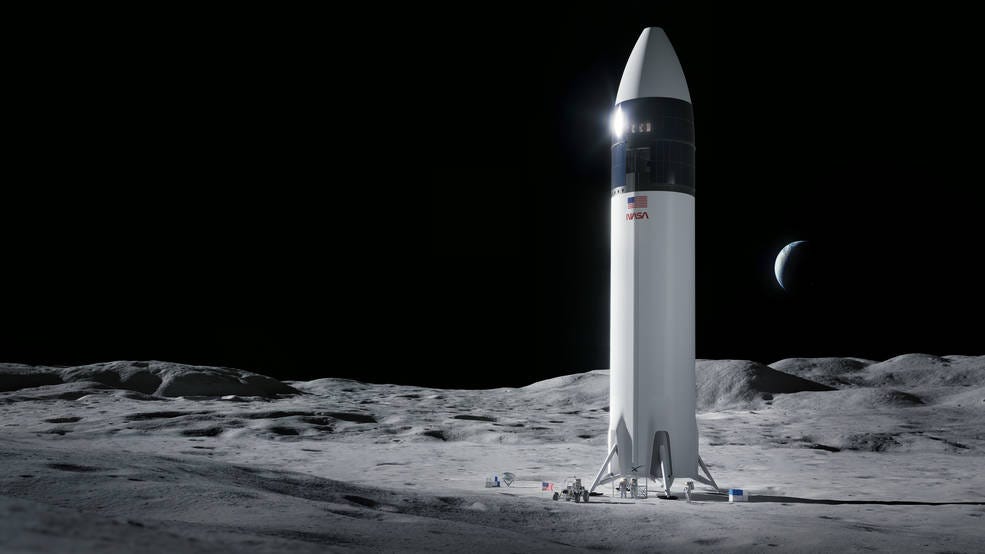Government subsides? “Delete ‘em all”
Is Musk biting the hand that helped him build three businesses

Elon Musk made news again leaving some scratching their heads. Why would a billionaire who used government subsidies, tax credits, and contracts, now want all subsidies eliminated?
During a Wall Street Journal event, Musk was asked about the subsidies and tax credits in the recently passed infrastructure bill and the Biden Administration “Build Back Better” bill which has not passed the Senate. Those measures would extend and expand tax credits for electric vehicles and spend billions to expand the charging infrastructure in the US.
“I am literally saying, get rid of all subsidies,” Musk told the audience last week. “Do we need support for gas stations? We don’t. So, there’s no need for support for a charging network. I would delete it. Delete,” Musk said.
(Credit: Wall Street Journal)
PAST PRACTICE
That struck some as hypocritical. According to the Los Angeles Times, back in 2015, Musk had already used nearly $5 billion dollars in tax credits and subsidies to help build Tesla, SpaceX, and SolarCity. The LA Times reported the breaks for Musk’s companies included, “grants, tax breaks, factory construction, discounted loans and environmental credits that Tesla can sell. It also includes tax credits and rebates to buyers of solar panels and electric cars.” Good Jobs First which tracks subsidies says much of the Times’ numbers came from its database.

Having passed the 200,000 vehicle mark, Tesla no longer qualifies for tax credits when it sells cars. Some opinion writers, quick to their keyboards after Musk’s “delete” comments, think this could be sour grapes. Musk’s competitors will be enjoying some of these tax credits as they try to catch his own industry-leading company.
NASA CONTRACTS
The billionaire-entrepreneur has used contracts to build his space company. He tells the dramatic story of the first three failures of SpaceX rockets. The project he self-funded with proceeds from selling Pay-Pal. He had just enough money left for a 4th flight. If it failed, Spacex would fail. The Falcon-1 rocket made it to orbit. That success paid dividends. Musk won a $1.6 billion contract from NASA to carry cargo to the International Space Station (ISS). That contract helped pay for Musk’s further development of his Falcon-9 and Dragon capsule which has allowed him to win additional contracts to carry astronauts to the ISS. Boeing won contracts too but only SpaceX is capable of carrying Americans to space from American soil as of this writing.
(Credit: NASEM)
Musk is using that model again for his fully reusable Starship. The massive space vehicle has done some lift offs and landings (after a few failures) but has not reached orbit yet. Musk is confident that will happen early next year. He told a group of scientists the Starship is “90%” internally funded. Musk is amazing with math, but some of this doesn’t seem to add up.
STARSHIP EXAMPLE
That’s because Musk again used his success in developing hardware to secure a NASA contract. This time, SpaceX will receive nearly $3 billion in taxpayer money to use the Starship to put astronauts back on the surface of the moon. If that is 10% of what is being spent on Starship, it would mean SpaceX is spending $26 billion of its own money to develop the big rocket. Is that true? Musk has said SpaceX could go bankrupt if the company doesn’t fly Starship to orbit often in the first half of next year.

(Credit: NASA)
The US government wants more electric cars, charging stations, and private companies transporting NASA astronauts. It’s spending the government hopes will spur innovation, reduce emissions, and cut costs. Elon Musk has used plenty of that spending to help him innovate and build. Now, not all of those subsides will help his company. An interesting time to call for all of this spending to be “deleted.”




